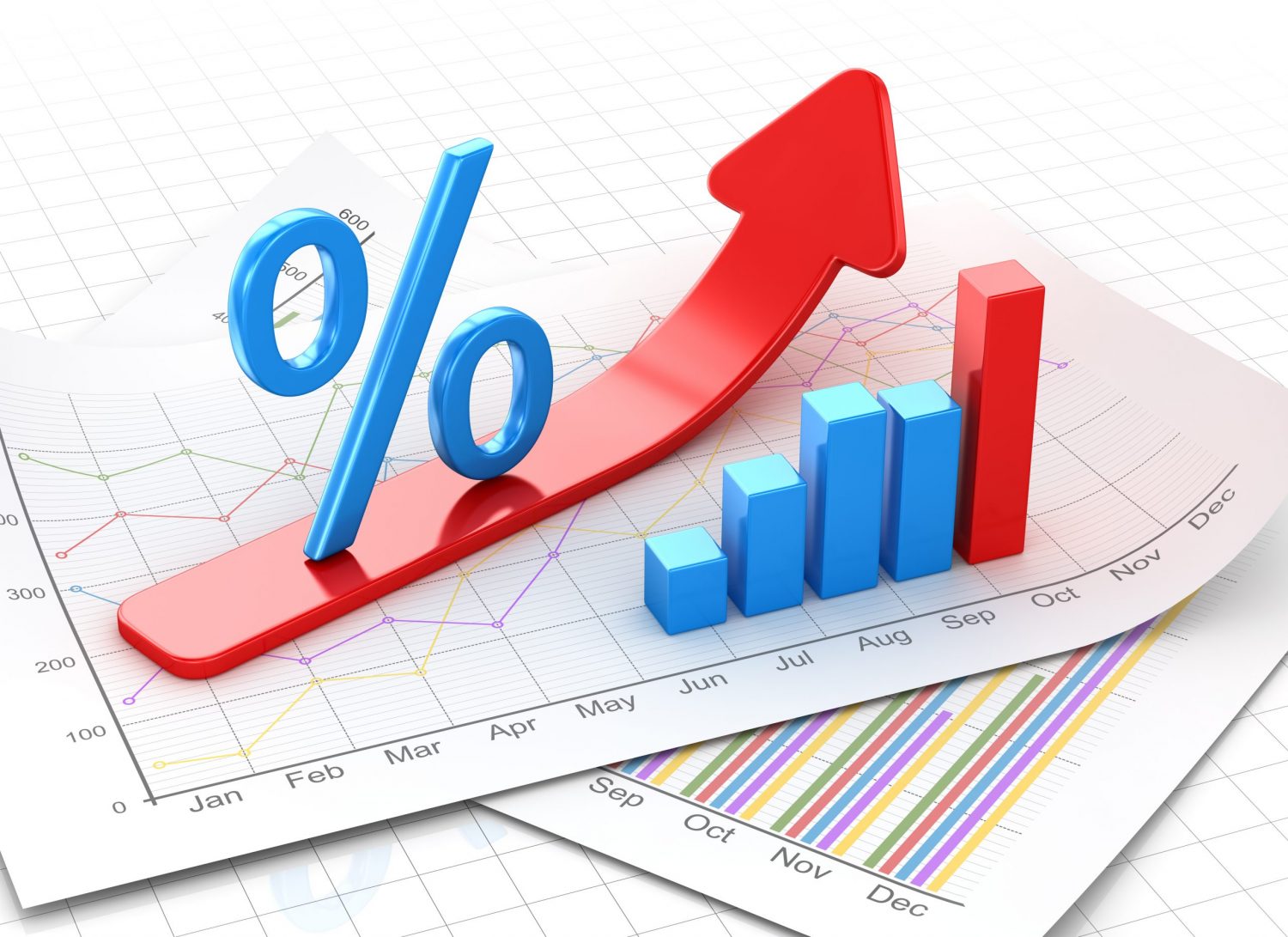If you have more than one loan, loan consolidation can help you simplify monthly payments. Consolidation combines multiple student loans into one with a single interest rate.
The average student loan interest rate across all types of student loans is about 5.8%. Rates can range as low as just over 3% up to 15%, depending on the type of loan, credit history, and personal circumstances. (Learn More – Standard Student Loan Consolidation Rates)
Student loans can be attained through federal or private lenders and can have fixed or variable rates. Federal loans are often based on financial need, with fixed rates based on law. Upon graduation, federal loans can be consolidated through the U.S. Department of Education at no cost to the borrower.
Private lenders provide a form of consolidation referred to as refinancing, and work with private loans, federal loans, or both. They offer a wide variety of interest rates based on credit history and personal finances. (Learn More- Recognizing a Good Rate)
Consolidating student loans through a private lender is often done as a loan refinance, which can lower initial interest rates. Refinancing can also help borrowers lock in loan rates with a fixed rate instead of a variable one. (Learn More- Relationship of Refinancing With Consolidation)
It can be tricky to determine if loan consolidation is the right choice and if the rates are going to save you money. We’ve outlined some ways to make the decision easier. (Learn More – Deciding if Loan Consolidation Is Worth it)
Standard Student Loan Consolidation Rates
Student loans are offered through the federal government and private lenders.
Federal student loans have rates that are set by law and fixed for the life of your loan, with ranges varying each year. For the 2019–2020 school year, federal loan rates range from 4.53% to 7.08%, depending on the type of loan you are seeking.
When consolidating federal loans into a direct consolidation loan, the interest rate is determined by taking the weighted average of the initial loans and rounded to the nearest one-eighth percent. While the rate is fixed, a direct consolidation loan may not save you money or lower the amount of interest accumulated. However, the loan’s term length can be extended — up to 30 years.
On the other hand, consolidating student loans through a private lender may lower your monthly payments, interest rates, and, subsequently, the total payoff amount, but it will cost you benefits. Refinancing federal loans through a private lender strips borrowers of federal benefits, including income-driven repayment (IDR).
Rates for private student loans can vary based on the following factors:
- Lender
- Loan type
- Credit history
- Cosigner financials (if necessary)
- State of the economy at the time of application
- Agreed upon loan terms(like variable or fixed, duration, and repayment plan)
Private student loan rates range between around 3% up to 15%. Variable rates are often lower to start, but they can snowball and end up higher than a fixed rate over time.
Recognizing a Good Rate
When consolidating your student loans, it is helpful to think about the ultimate goal. Are you trying to save money over the life of your loan? Are you trying to lower your monthly payments? Or are you looking to extend the amount of time you have to pay your loan off?
If you want to save money in the long term, federal loan consolidation may not be the optimal choice. Federal loan consolidation may actually increase the amount of interest you end up paying, as it takes a weighted average of your loans and then rounds up by an eighth of a percent. It is crucial to remember your loan amounts will not change, but your repayment term, repayment options, and monthly bill can.
However, since federal loan interest rates are generally low, consolidation may be a viable option if your initial loans have both high and low rates.
Consolidating your student loans through a private lender can offer lower interest rates, particularly when switching from a variable- to fixed-rate loan. While current interest rates have risen slightly since 2016-2017, they are still considerably lower than they were just five years ago.
Lower interest rates are also available for those with a credit score of around 700 or higher, or who use a cosigner with positive financials. Fixed-rate loans may be higher initially, but they can give you stability. They are also easier to budget, as your monthly payment doesn’t change.
Consolidating loans into one with a shorter-term length can also result in lower rates. Lenders even offer discounts for good grades, paying on time, and enrolling in autopay.
Relationship of Refinancing With Consolidation
When you have private loans or even a mixture of federal and private loans, you will need to use a private lender to consolidate them. This is referred to as refinancing your loan or a student loan refinance, as it changes the terms of your initial loan by combining multiple loans into a single new one.
Refinancing can help you get a lower interest rate, but be careful when looking at variable interest rates versus fixed rates. Variable interest rates often look attractive at the onset since the rates can be low, but they can go up without warning and rise well above the lower-end fixed interest rate loans.
When you refinance or consolidate loans, your old loans are paid off by the new lender, and you are issued a new loan altogether. This can mean you are no longer eligible for some of the benefits of your original loans, so it’s vital to be fully-informed and explore other options before deciding to consolidate.
For example, if you have a federal education loan and go into teaching, you may be eligible for the public service loan forgiveness program. However, refinancing through a private lender would disqualify you from the program.
Deciding if Loan Consolidation Is Worth it
If you have good credit and have been making consistent payments, you may be eligible for low refinancing or private student loan consolidation interest rates. Also, if you are using a cosigner, you may qualify for relatively low rates.
Again, if you consolidate a federal loan with a private lender, you may no longer be able to benefit from some of the perks of a federal student loan, such as income-driven repayment plans or loan forgiveness options.
Federal student loan consolidation may be a good option if you are trying to lower your monthly payments or extend your loan terms. However, be aware that you may end up with more payments and more money paid over the life of your loan.
There are no fees associated with federal loan consolidation, and it is easy to do online.
The Math on Loan Consolidation
To decide whether student loan consolidation is the right choice, there’s some math involved. The calculator for federal loan consolidation is relatively simple:
If you have two federal loans with different rates, a weighted average is used. For example, if you have a Perkins loan with a 5% interest rate on $5,000 and an unsubsidized Stafford federal student loan with an interest rate of 3.86% on $10,000, the weighted average is 4.2%.
The formula is (5% x $5,000) + (3.86% x $10,000) / ($5,000 + $10,000) = 4.24%
The rate is then rounded up to the nearest one-eighth of a percent — up to 4.25%. This means that the rate for one of your loans is now lower, but it is slightly higher for the other. Typically, rates for consolidated loans will even out, and borrowers will pay about the same over the life of the loans.
Private loans must be refinanced through private lenders, with rates varying based on personal finances and credit history.
With a refinance, the initial interest rates are completely changed and replaced by an entirely new rate. The main things to watch out for are any associated fees and the potential of moving into variable interest rate loans, which may raise over time.


